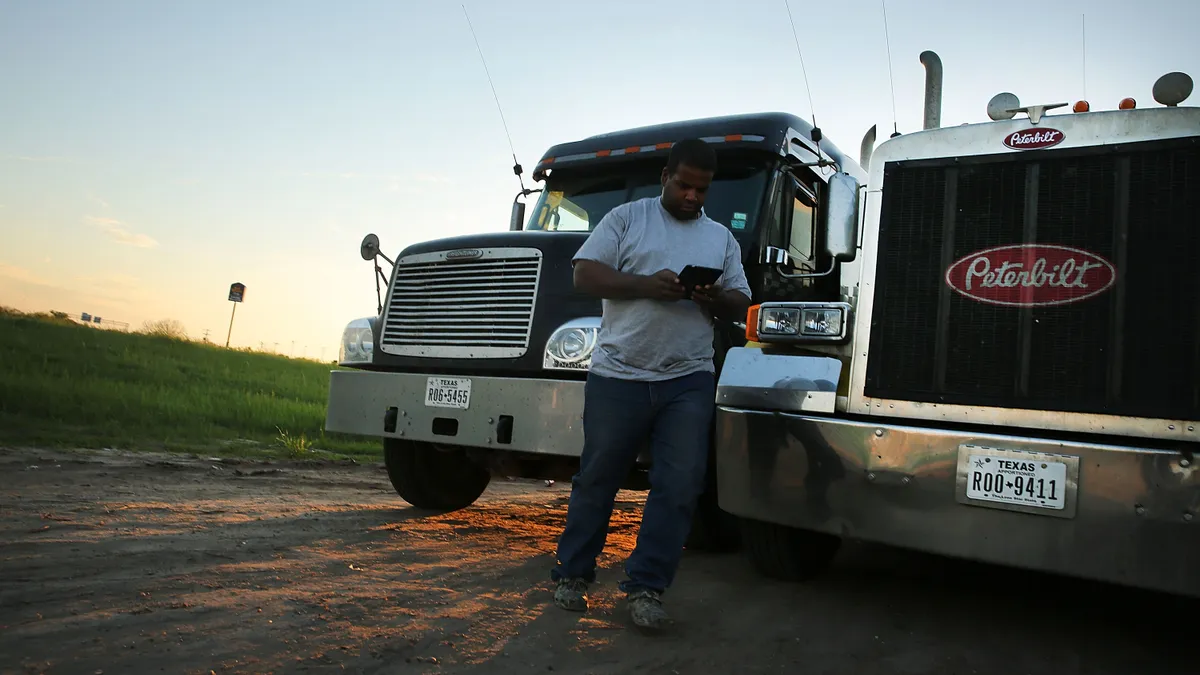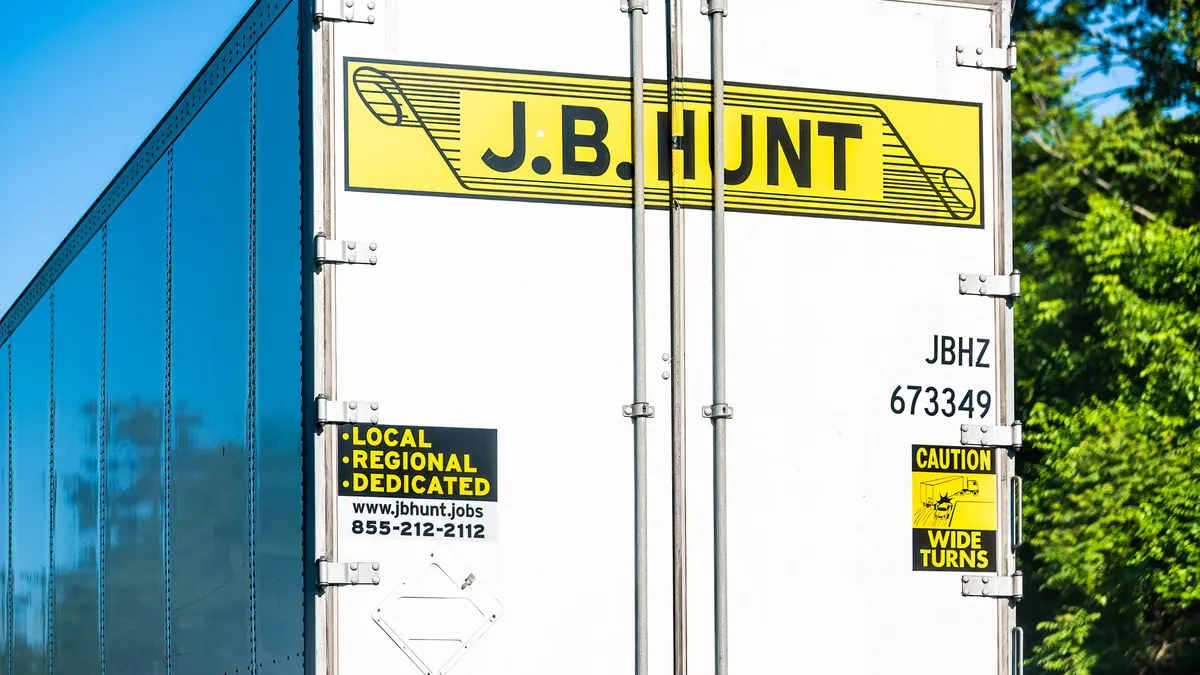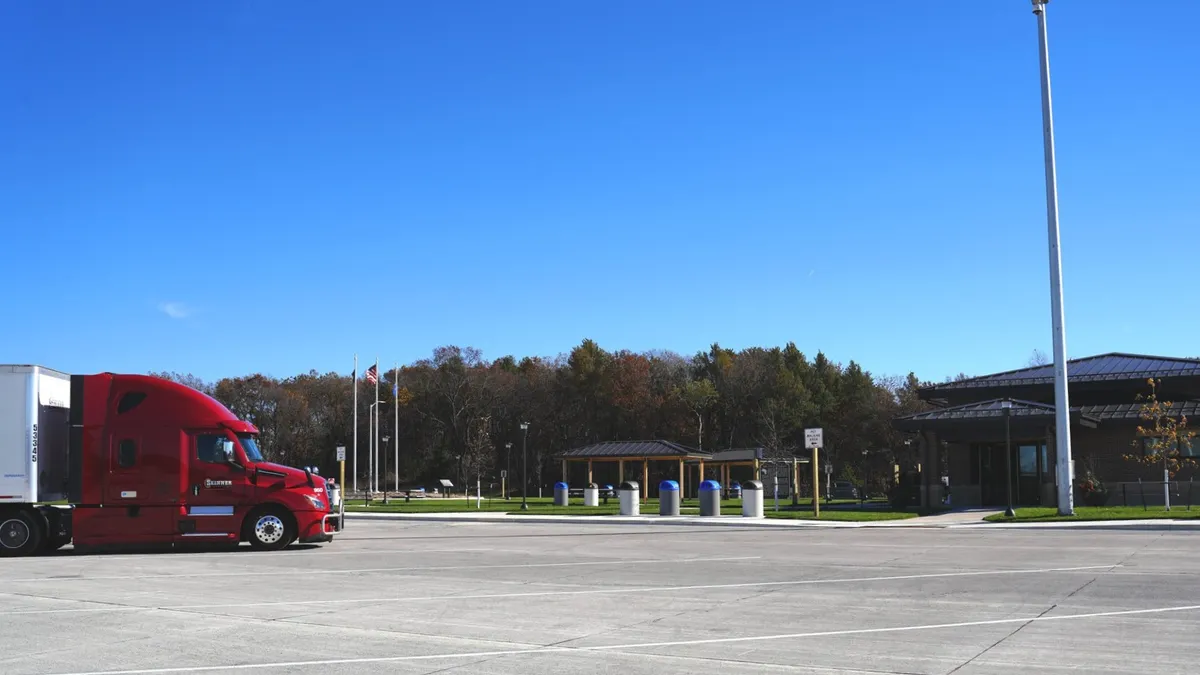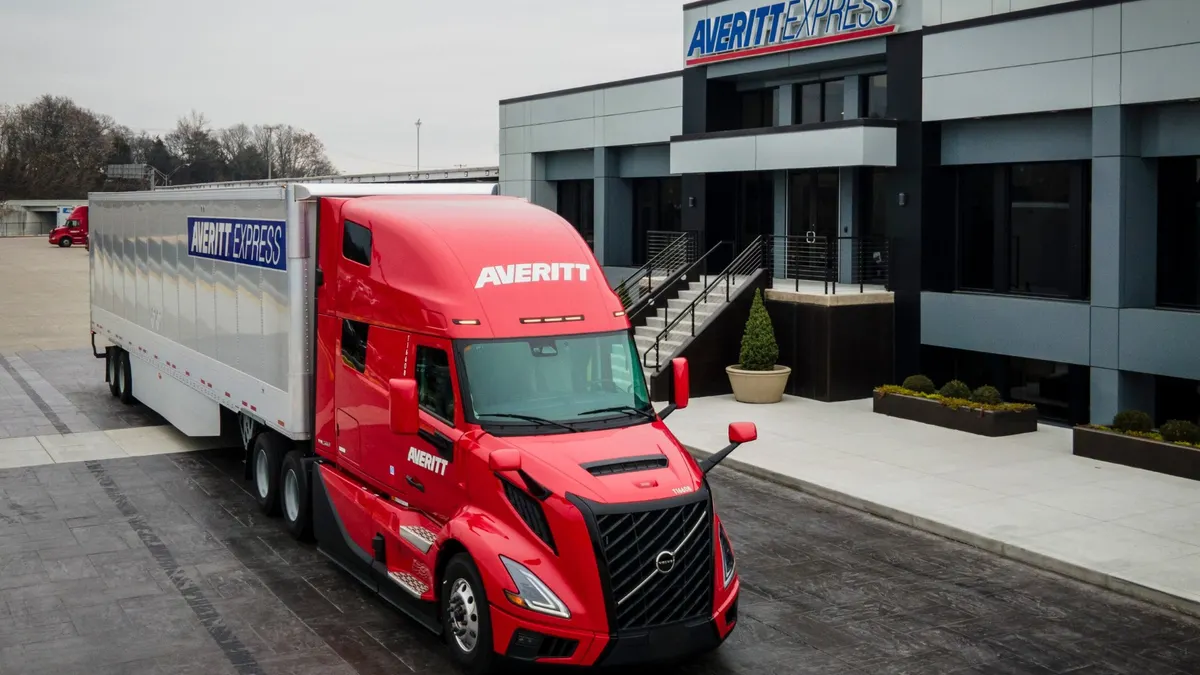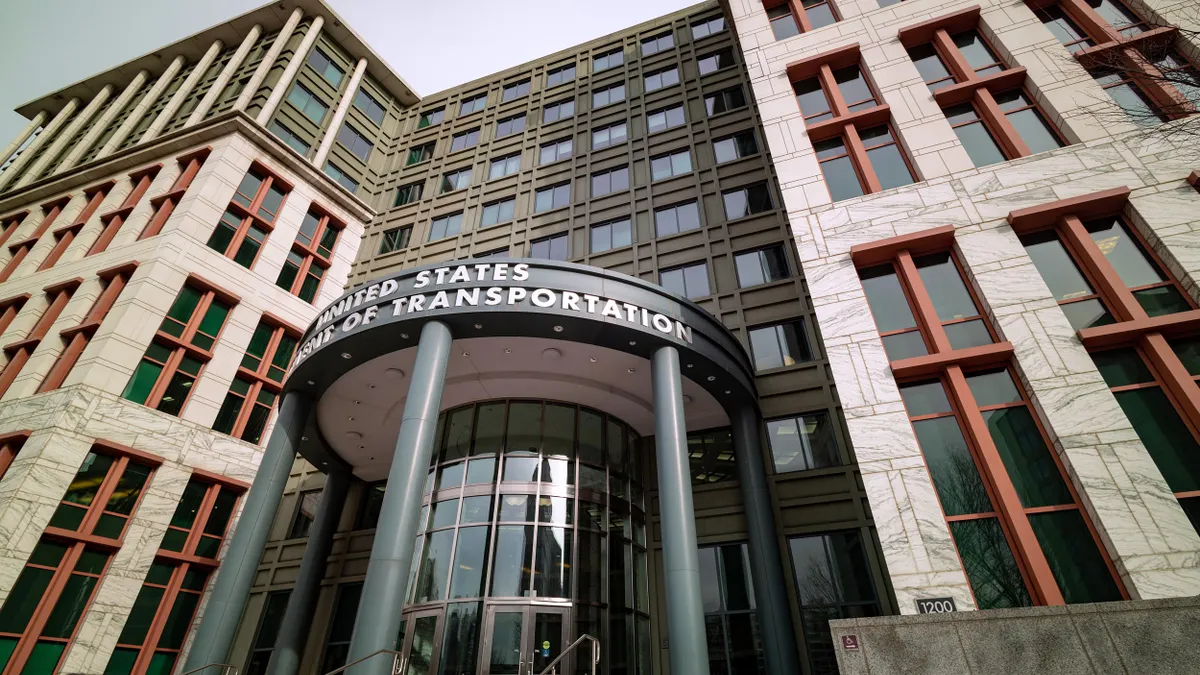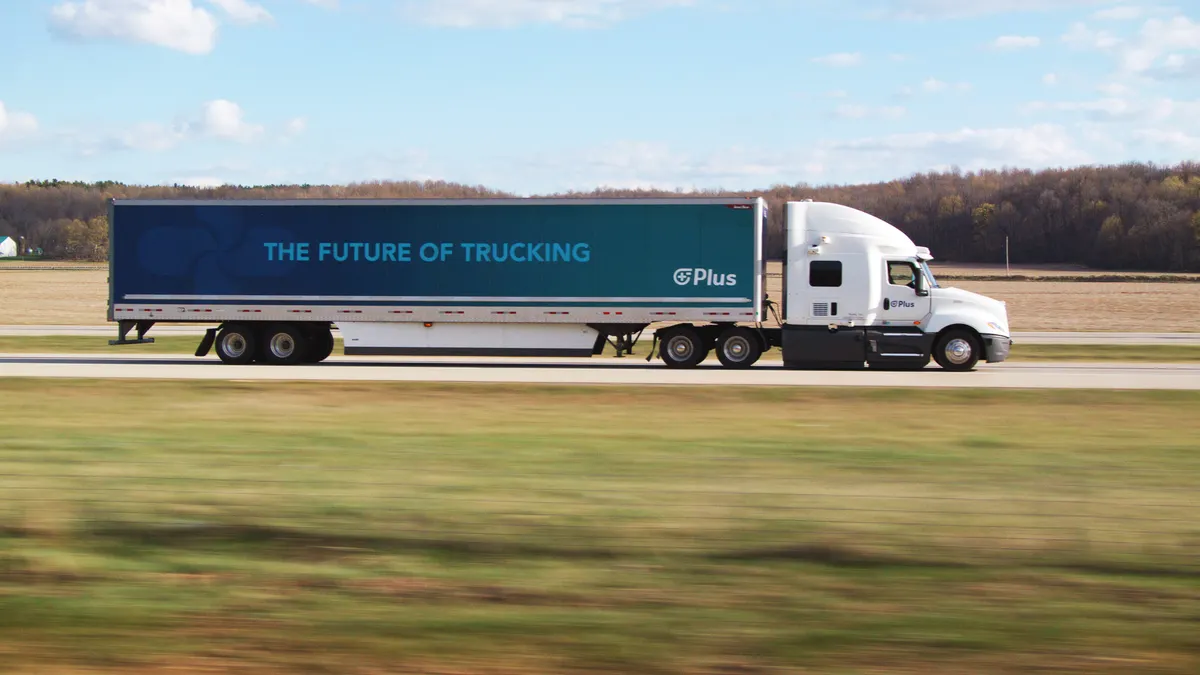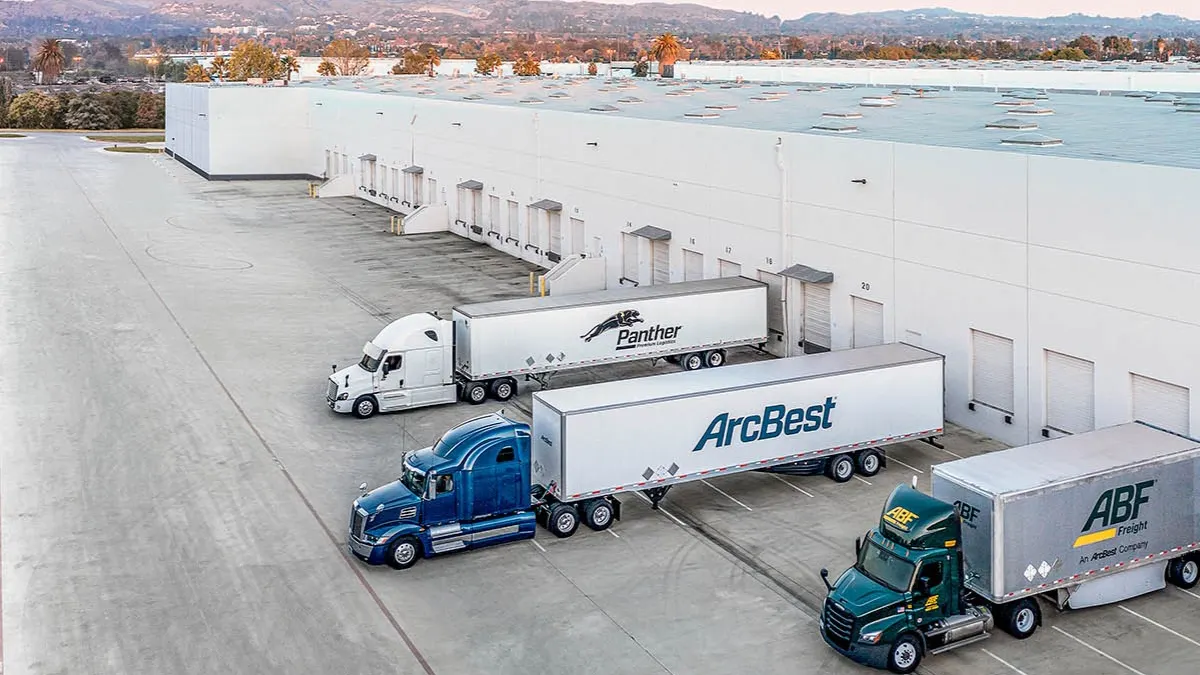Fleets are pulling out tools from their pay toolbox to mend the ongoing struggle of attracting and retaining truck drivers. Some are paying more. Others are mixing pay-per-mile with guaranteed pay and dedicated lanes.
But recruiting is still tough. Recently, one fleet hit the jackpot with 14 new hires, according to Jason Seidl, managing director of airfreight and surface transportation for Cowen.
The 14 drivers were all cleared through the FMCSA's Drug and Alcohol Clearinghouse and accepted offers from the fleet, which Seidl did not name. The fleet set up an orientation day for the 14 drivers.
None of the recruits showed up. Seidl said the fleet was stunned it went zero for 14, expecting some dropouts at most.
Seidl did not know the reason for the now-show. But competitive market forces for employees were likely at work. It's such scenarios that make Seidl skeptical of short-term solutions to the recruitment issue, even if the tactic is more cash.
"I'm not sure there is a remedy," said Seidl.
But the first attempt at a cure fleets have been trying out is indeed pay and benefits. The driver shortage is keeping fleets from fully meeting freight demand, and trucking managers and executives have been scrambling like never before to attract new recruits. Those efforts have been hindered by the COVID-19 pandemic and slower licensing approvals.
Salaries, guarantees, blends
Analysts have been saying for months that transport firms will need to hike driver pay to attract recruits.
According to the U.S. Bureau of Labor Statistics, the median pay of more than 2 million drivers in 2020 was $47,130 per year, or $22.66 per hour. That median pay appears not enough to keep new recruits coming, or to keep experienced hands on deck.
As a result, many fleets are offering higher pay. Knight-Swift announced on April 7 that after the first year, "individuals can choose from multiple paths to earn in excess of $60,000 per year."
The announcements follow a slew of pay increases that fleets began announcing at the end of 2020, and those announcements have kept coming. In September, Schneider increased its pay for drivers, giving new team drivers with at least one year of experience an increase of 4 cents per mile. Werner said in its Feb. 4 investors conference that pay raises in its TL segment will likely cost $18 million this year. On March 2, Averitt Express said it would raise pay for its regional drivers.
But fleets aren't just throwing higher pay-per-mile numbers at drivers. Some are experimenting with partial salaries, guaranteed pay and dedicated lanes, according to Seidl.
"It's never been all about money."

Jason Seidl
Managing Director of Airfreight and Surface Transportation for Cowen
Most driver pay is meted out per mile, which the industry calls "cents per mile," or CPM. It often means, as trucking executives say, "If your wheels aren't turning, you aren't earning."
"While CPM is the majority [pay system], there are lots of models in use, including some fleets that put drivers on salary," said Bob Costello, chief economist of the American Trucking Associations. "Many others use a guaranteed minimum weekly pay, and then drivers can make more based on how much they worked. Often this is CPM, but not always."
Costello said fleets can often blend pay approaches. Many fleets give bonuses, he said, including pay for targets hit regarding safety, fuel efficiency and production.
The varied approach does bring one problem in that it is more complicated for the human resources office. Such approaches also mean management must ensure fairness and consistency in pay. But one of the industry's top experts on pay said a more varied pay approach, despite complications, is a task worth the effort.
"It can be complicated from a management perspective," said Leah Shaver, the president and CEO of the National Transportation Institute, which specializes in analyzing driver wages. "But it allows for a happier driver."
Seidl said in the current competitive environment, TL fleets that use a mix of guaranteed pay and dedicated routes are still having trouble keeping drivers.
When the wheels don't keep on turning
To potential recruits, the challenge of being paid per mile is not particularly difficult: Just keep rolling.
It sounds doable, but there are snags. What if truckers get stuck in a storm, as they did in Texas during the "polar vortex" cold snap in February? What if congestion slows the roll to a crawl?
And then there are the sacrifices that OTR drivers are expected to make. They are not paid for pulling into a truck stop and sleeping for the night. Their downtime, often thousands of miles from home, in cold or rainy or overly warm environs, is unpaid.
OTR driving is a tough job, and drivers have been voting with their feet through the past few years.
In Q4, the TL turnover rate for big fleets was a 92% annualized rate, according to ATA. Smaller TL carriers, which ATA defines as having less than $30 million in annual revenue, had a 72% annualized turnover rate. LTL carriers historically enjoy a lesser turnover rate, and in Q4, they had a 12% annualized turnover rate, ATA reported.
But LTL firms, whose drivers typically make it home after a shift, are also feeling the recruitment-and-retention pain, especially as the economy rebounds.
XPO Logistics announced a big hiring program on April 7, the same day Knight-Swift made its announcement.

XPO officials said they would need to hire 750 commercial truck drivers and 700 dockworkers, jobs available immediately. One hundred of those jobs would be dockworkers training tuition-free for commercial driving careers.
Fallon McLoughlin, XPO spokesperson, said the LTL carrier has streamlined its hourly pay structure into a three-step system, accelerating the time it takes to reach top pay. The previous system had five rungs.
XPO's changes for drivers do not stop there.
"We're making further investments through merit increases and offering sign-on bonuses, which can range upwards of $8,000 for drivers depending on the market," said McLoughlin. "Our benefits go into effect day one, so employees don’t have a lapse in health coverage. Employees have flexible shift options and given the nature of our routes, XPO drivers are home every day at the end of their shift."
Beyond the pay stub
Seidl, a former LTL driver, said the recruitment issue is not just one of pay.
"It's never been all about money," said Seidl. "Keeping and retaining a driver is difficult."
That's why a number of TL fleets are also looking to give more time at home. Royal Jones, CEO of Mesilla Valley Transportation, told Transport Dive last year that he was looking to get his OTR drivers in "triangular" lanes, so they would be home sooner, along regular routes.
Complicating matters in 2022 will be the infrastructure bill, Seidl said. Construction is the No. 1 industry that competes with trucking for workers, he said. Seidl said the overwhelming number of drivers pulled from the roads by the FMCSA's Drug and Alcohol Clearinghouse don't return, and many of them could be working in construction.
One thing that has changed since the pandemic, though, has been the admiration that truckers garnered from a grateful nation, he said.
"I think at least socially, the men and women [of trucking] are getting more respect," said Seidl.

